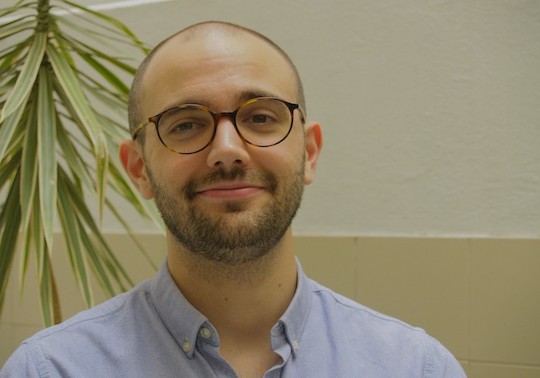
September 22nd 2023. 12:00h. Onsite session. Language: English.
Grey Matter Volume Differences associated with Screen Time Use in Young Adults
Mario Romero
ERI-Lectura (University of Valencia)
Problematic Internet use (PIU) has become a significant concern, nonetheless our understanding of the neurobiological patterns associated to this phenomenon is limited. This cross-sectional study investigated the association between screen time use and grey matter volume (GMV) in 154 young adults (18-30 years). Magnetic resonance imaging data were processed using CAT12 and SPM12. Whole-brain voxel-wise multiple linear regressions were performed to study the relationship between GMV and the frequency of leisure Internet browsing, video game playing, and audiovisual content consumption. Total intracranial volume, sensitivity to punishment, and sensitivity to reward were used as covariables. Statistical significance was determined using the Threshold-Free Cluster Enhancement method. Among the measures of screen time use, only leisure Internet browsing was negatively associated with GMV, encompassing the temporal, frontal, parietal and occipital lobes, as well as deep brain areas such as hippocampus and amygdala. These findings suggest the need for caution in frequent leisure Internet browsing among the general population and may also explain part of the findings in clinical populations.
Bio
Mario Romero is a psychologist from the University of Valencia. With Marta Vergara, he worked on EEG during his internship for his undergraduate degree. Ladislao Salmerón was his undergraduate thesis tutor, on the relationship between multitasking habits during reading, reading comprehension, and metacomprehension. At the Universitat Jaume I, he completed his master's degree in Brain and Behaviour Research while working in the labs for Affective Neuroscience, and Neuropsychology and Functional Neuroimaging. He examined the connection between screen use and grey matter in his master's thesis while working under the direction of Victor Costumero. Her PhD research will focus on the combined use of an eye-tracker and an EEG to assess the impact of digital reading training on comprehension and attention.







